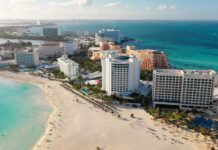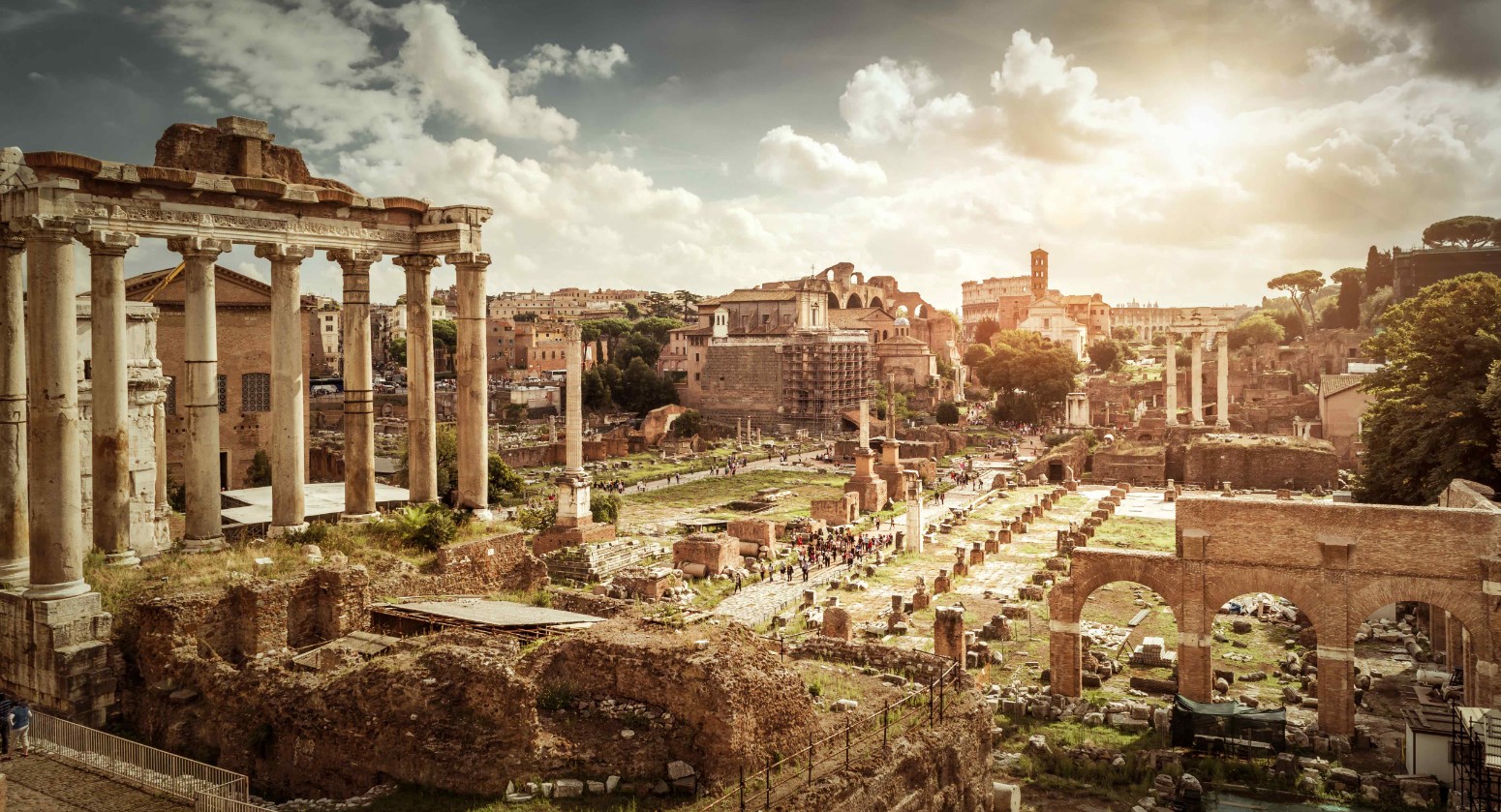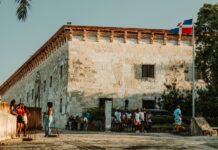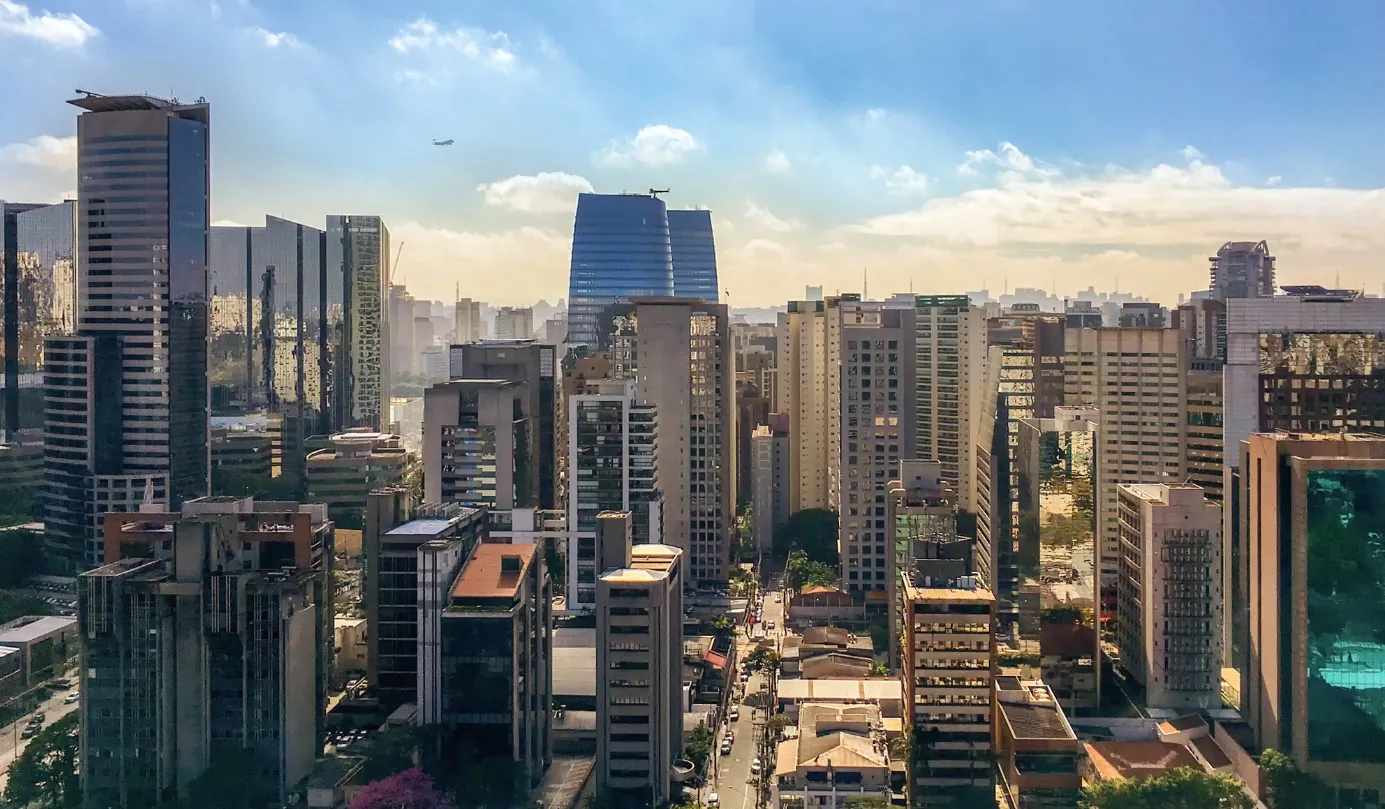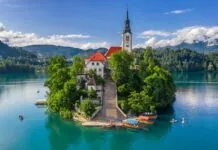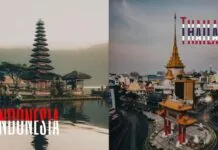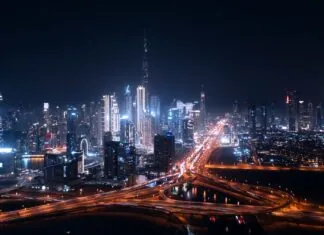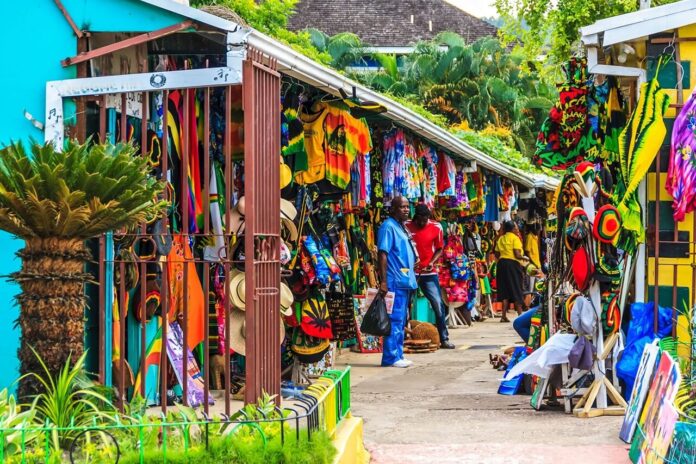
Jamaica attracts travelers with beaches, reggae, and warm hospitality. It offers postcard views, flavorful food, and a culture that leaves a strong impression. Many visitors come for a relaxing escape, but every trip needs a plan grounded in safety.
Concerns about safety are common among those preparing to visit. Some areas are calm and well-guarded. Others carry more risk, especially after dark or beyond tourist zones. Knowing where you are and what to avoid makes a real difference.
Tourism plays a major role in daily life across the island. Local businesses welcome visitors, and most travelers move through without trouble. Still, crime, transportation limits, health services, and shifting weather patterns all affect the overall experience.
This guide explains how to stay alert, make smart choices, and explore with confidence. It covers where problems tend to happen, what patterns are shifting in 2025, and how travelers can avoid danger without missing out.
Key Insights
- Jamaica is safe for tourists who stay in secured areas like Negril, Ocho Rios, and Montego Bay and use official transport.
- High crime zones such as Kingston inner-city, Spanish Town, and Savanna-la-Mar should be avoided without local escort.
- Most safety issues involve scams, theft, and risky neighborhoods, not random violence in tourist zones.
- Travel becomes safer with hotel-arranged taxis, local advice, and avoiding night walks or unregulated transport.
- Respect local customs, follow security rules, and prepare with insurance, copies of documents, and repellents.
What Safety Looks Like in Jamaica Today
In 2025, Jamaica remains one of the most visited destinations in the Caribbean, but it also ranks as one of the most challenging when it comes to personal safety. Tourists keep arriving, and many leave without incident-but the risks are real, especially in certain parts of the island.
Violent Crime in 2025: A Closer Look

Jamaica’s homicide rate continues to rank among the highest in the Western Hemisphere. In 2024, the country saw a noticeable drop in homicides, down nearly 19% compared to the previous year.
According to Statista, the homicide rate is 40.1 per 100,000 people, the lowest figure in a decade. But that number still places Jamaica near the top globally for per-capita murders.
View this post on Instagram
| Year | Homicides Reported | Rate per 100,000 People |
|---|---|---|
| 2022 | 1,498 | 53.7 |
| 2023 | 1,393 | 49.2 |
| 2024 | 1,129 | 40.1 |
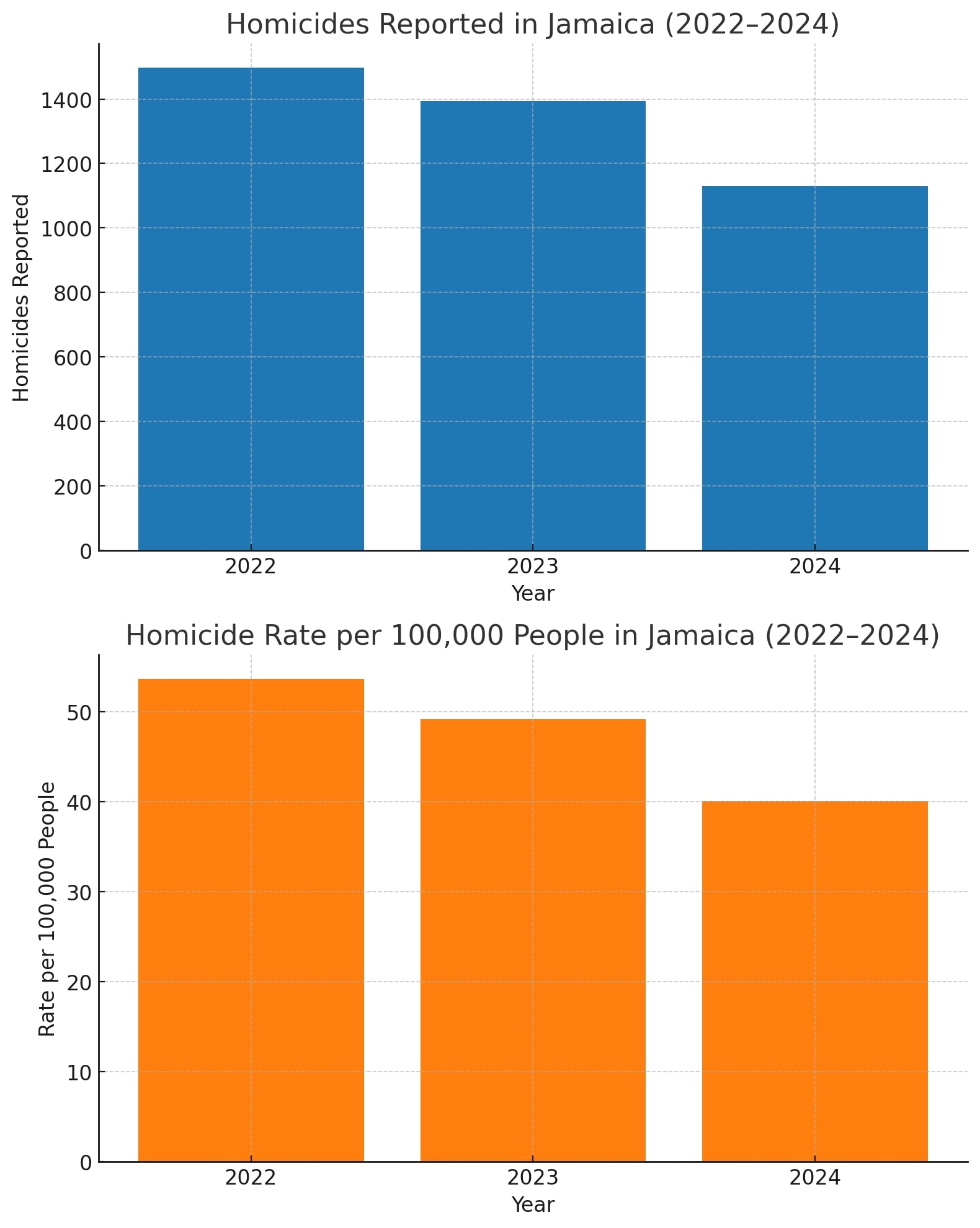
These numbers reflect a national total, but most of the violence is gang-related and concentrated in specific urban zones. Casual visitors to major resorts are rarely targeted, though occasional incidents do reach resort areas.
Compared to Brazil, the situation in Jamaica is less severe. Some Brazilian cities report homicide rates over 60 per 100,000 people, placing them well above Jamaica’s national average. In both countries, popular tourist areas remain heavily guarded and generally safe for visitors who stay within secured zones.
Types of Crime Tourists Might Encounter
Tourists face a different set of risks. While they are less likely to be caught in gang violence, they are more likely to experience:
- Armed robbery
- Petty theft and pickpocketing
- Sexual assault (including within resorts)
- Scams and fraudulent taxi operators
According to the U.S. Embassy in Jamaica, violent crimes such as armed robbery and sexual assault have occurred at all-inclusive resorts, sometimes even by hotel staff. Canadian and British authorities have echoed these concerns, emphasizing that “crime can take place anywhere and at any time.”
Where the Risks Are Highest
Gang activity drives the worst violence. The most dangerous areas include:
- Kingston inner-city neighborhoods (Trench Town, Tivoli Gardens, Denham Town)
- Spanish Town (notably in St. Catherine Parish)
- Montego Bay outskirts (Flankers, Norwood, Rose Heights, Mount Salem)
- Savanna-la-Mar (particularly the “Russia” neighborhood)
States of Emergency have been declared in multiple parishes due to gang violence. In 2024, areas like St. James (home to Montego Bay) and Clarendon saw emergency measures put in place to control rising murders.
Tourist Zones Are Safer-But Not Immune

Most of Jamaica’s resorts are heavily guarded and situated in safer districts. Negril, Ocho Rios, and the beachfront strip in Montego Bay tend to have a strong security presence. Police patrols and private security are common in those areas, making serious crime rare-but not impossible.
Tourist Police units operate in zones like:
- Montego Bay’s Hip Strip
- Ocho Rios cruise port
- Negril’s Seven Mile Beach
Even in those zones, visitors are urged to:
- Avoid walking alone after dark
- Use hotel taxis or trusted transport services
- Keep valuables secure
- Stay alert in crowded markets and festivals
Overall Crime Snapshot
| Crime Type | Risk Level for Tourists | Common Locations |
|---|---|---|
| Homicide | Low | Local-only inner-city zones |
| Armed Robbery | Moderate | Urban areas, roads, isolated beaches |
| Pickpocketing | High | Markets, bus stops, tourist events |
| Sexual Assault | Moderate to High | Nightlife spots, resorts |
| Fraud/Scams | High | Taxis, shops, currency exchanges |
Local vs Tourist Experience
Locals often live with the direct consequences of gang rivalries and neighborhood disputes. Tourists mostly face opportunistic crimes like theft or scams. However, when tourists wander into the wrong part of town-especially in Kingston or Spanish Town-they can face serious danger.
Which Areas Are Safe and Which Are Not
Not all parts of Jamaica carry the same risks. In fact, your experience depends heavily on where you go and how you move.
Safety can shift dramatically between a secure beachfront and a nearby hillside neighborhood just minutes away.
Safer Areas for Tourists
Most travelers spend their time in well-developed tourist zones where security is strong and crime is lower.
These areas benefit from police patrols, private guards, and steady tourist traffic. When travelers stick to these spots, the chance of violent crime drops significantly.
Well-guarded tourist areas include
| Area | Why It Feels Safer | Key Attractions |
|---|---|---|
| Negril | Strong resort presence, fewer gang issues | Seven Mile Beach, cliffs, beach resorts |
| Ocho Rios | Cruise port, guarded attractions | Dunn’s River Falls, Mystic Mountain |
| Montego Bay | Resort strip is secured, police nearby | Hip Strip, Doctor’s Cave Beach, Rose Hall |
| Port Antonio | Quiet town, far from gang centers | Blue Lagoon, Rio Grande, beach coves |
| Runaway Bay | Low crime rates, family resorts | Green Grotto Caves, beach resorts |
In these zones, resorts are often gated, hotel staff is trained in guest security, and law enforcement presence is visible. Tourists walking through markets or attractions during the day rarely face threats if they use standard precautions.
Higher-Risk Locations
Some towns are known for beautiful culture and history but also carry deep-rooted gang issues. These areas experience more frequent shootings, robberies, and other serious crime.
Travelers are strongly advised to avoid them unless escorted by a local guide or visiting for essential reasons.
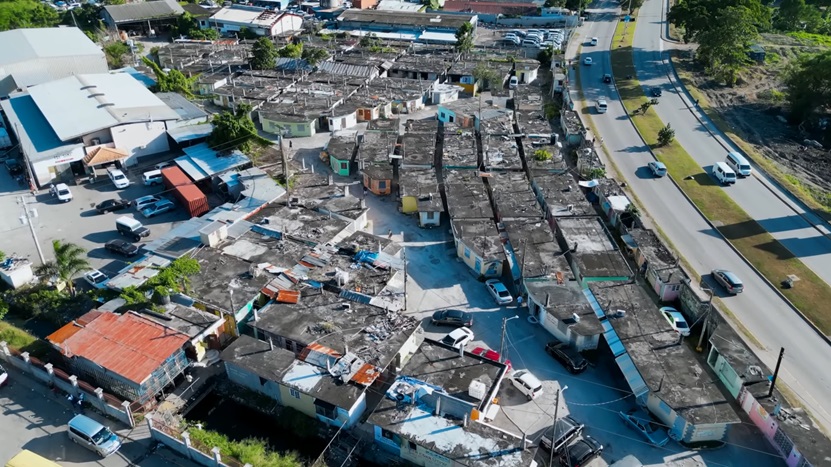
High-risk zones in 2025
| Area | Primary Risk Factors | Notes |
|---|---|---|
| Downtown Kingston | Gang violence, street crime | Avoid entirely unless on guided business |
| Spanish Town | High homicide rate, gang-controlled zones | Extremely unsafe for casual visitors |
| Savanna-la-Mar | Gang conflict in certain neighborhoods | Stay clear of areas like “Russia” |
| Flankers (Montego Bay) | Proximity to resorts but dangerous | Avoid walking through or entering by mistake |
| Tivoli Gardens | Historic crime hub | Off-limits unless escorted by authorities |
Even nearby districts within cities can feel completely different. For example, Montego Bay’s Hip Strip is safe and bustling, but just a short drive away in Norwood or Mount Salem, the environment changes fast.
Most crimes in those zones involve locals, but tourists have been caught in crossfire or targeted by mistake.
Mixed Zones: Use Caution
Some places do not carry daily headlines, but caution is still necessary. These include rural towns or local markets in parishes not usually on the tourist map.
They might be calm during the day but feel unpredictable at night.
| Mixed-Risk Areas | What to Watch For |
|---|---|
| Mandeville | Quiet town but few tourist services |
| Black River | Safe for tours but avoid wandering solo |
| May Pen | Generally safe by day, stay alert after dusk |
| Clarendon Parish | Under security alerts in 2024-2025 |
Avoid walking around unfamiliar areas on foot, especially after dark. GPS apps can sometimes misroute travelers into risky districts, so always double-check your destination and ask locals or hotel staff before heading out.
Resort Bubbles vs. Local Neighborhoods
One important thing to understand: Jamaica operates on two tracks when it comes to safety. The first is the tourist track-resorts, beaches, guided tours, secure restaurants.
The second is the local life track, where economic struggles, gang conflicts, and under-policed areas change the equation.
Tourists who stay within resort bubbles rarely encounter danger. The moment one steps beyond them-without a plan or trusted local contact-the risk level changes fast.
Travel Warnings, Local Laws, and Cultural Factors
In 2025, major countries continue to issue firm travel warnings for Jamaica-not to discourage all visits, but to urge smart, informed travel. Each government offers a slightly different perspective, but all agree on one core message: crime in Jamaica remains a serious concern.
What the U.S. Government Says
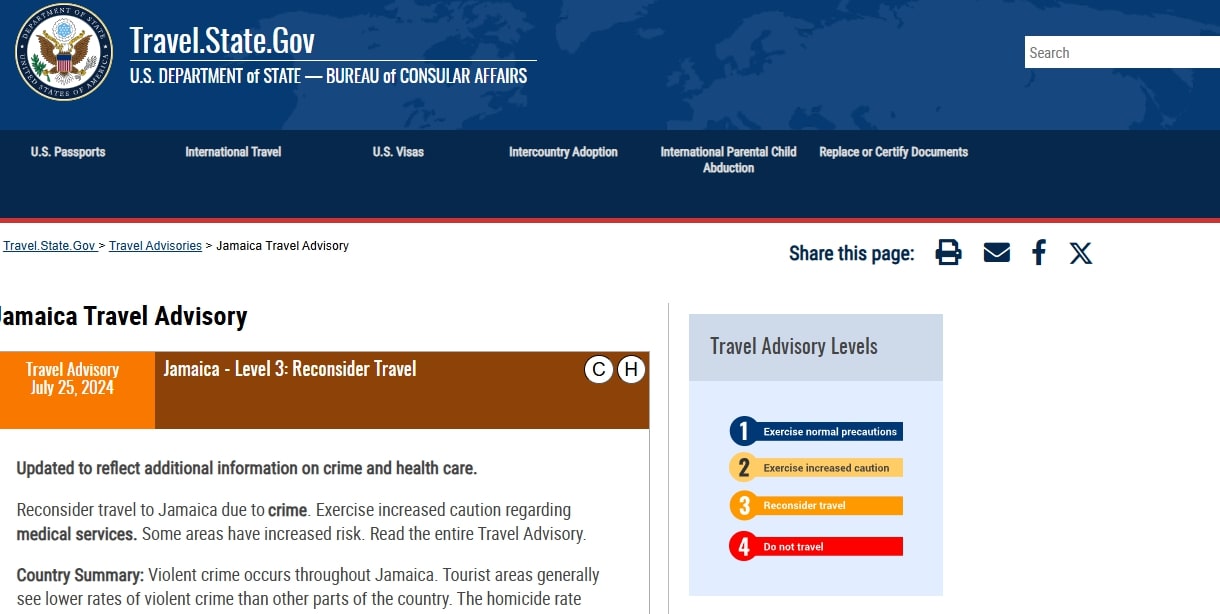
The U.S. Department of State currently classifies Jamaica as a Level 3: Reconsider Travel destination. The advisory cites:
- Widespread violent crime, including armed robberies and sexual assaults
- Incidents reported even within resorts
- Limited emergency services and slow police response
Travelers are urged to stay in tourist zones, avoid driving outside those areas at night, and use trusted transportation.
What Canada, the UK, and Australia Recommend
| Country | Advisory Level | Summary of Guidance |
|---|---|---|
| Canada | Exercise a high degree of caution | Crime is high; some neighborhoods extremely dangerous |
| UK | Be vigilant; avoid certain areas | Warns about gang violence, especially in specific parishes |
| Australia | Exercise a high degree of caution | Notes risk of violent crime and poor road conditions |
Each advisory also warns that legal processes in Jamaica are slow, and outcomes are uncertain.
In cases involving tourists-such as robbery or assault-prosecutions can take years. Victims may be asked to return for testimony, with no guarantee of a trial date.
Laws That Affect Tourists Directly
- Cannabis is decriminalized in small amounts (under 2 ounces), but anything more can lead to arrest. Selling is illegal.
- Same-sex relationships are still criminalized by colonial-era laws. These are rarely enforced, but public same-sex affection may provoke harassment.
- Indecent language in public-swearing or shouting-can result in fines.
- Nudity on beaches is illegal unless in a designated private resort.
View this post on Instagram
Many laws are not enforced evenly. A polite, low-profile approach helps avoid trouble. Always carry some form of ID, especially when passing through checkpoints or during police patrols.
Social Customs That Matter
Jamaicans are proud, expressive, and often deeply religious. Tourists who act respectfully-by greeting locals, dressing appropriately outside beaches, and avoiding confrontational behavior-tend to be warmly received.
Avoid:
- Taking photos of locals without permission
- Criticizing religion or politics openly
- Making jokes that feel dismissive or sarcastic
When in doubt, observe how others behave and follow suit. Local courtesy goes a long way in keeping your trip smooth.
Getting Around Safely: Roads, Transport, and Local Tips
Transportation in Jamaica can be part of the adventure-or part of the problem. Roads vary widely in quality, and driving habits are unpredictable. Taxis work well if you know which ones to trust. Buses, on the other hand, are usually off-limits for careful travelers.
Road Safety Snapshot
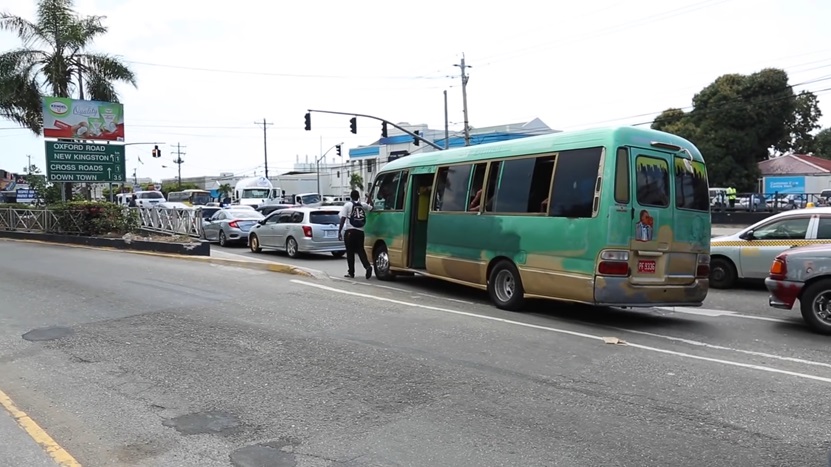
Jamaica drives on the left-hand side of the road. That’s manageable for most experienced drivers, but the real issues are the roads themselves:
- Narrow and winding, often with sharp blind turns
- Potholes, poor drainage, and minimal lighting at night
- Animals and pedestrians cross suddenly, even on highways
- After rain, landslides and flooding are possible, especially inland
Aggressive driving is common. Passing on blind curves, tailgating, and excessive speeding are everyday behaviors. Even professional drivers can seem reckless to visitors.
If you’re renting a car:
- Do it only if you’re confident behind the wheel
- Stick to daylight hours
- Avoid driving through cities like Kingston without local knowledge
- Do not rely fully on GPS-it might route you into unsafe neighborhoods
Public Transport and Taxis
Public buses are not designed for tourists. They’re often overcrowded, unregulated, and have seen incidents of harassment and theft.
The U.S. Embassy forbids its staff from using them. For tourists, it’s simply not worth the risk.
Safer options
| Type | Details |
|---|---|
| JUTA / JCAL taxis | Registered, tourist-board approved; use hotels to call them |
| Hotel transport | Many resorts offer secure airport transfers and day trips |
| Uber / ride apps | Available in Kingston and parts of Montego Bay |
| Private tours | Best for exploring waterfalls, beaches, or Blue Mountains |
Avoid random street taxis. Many are unregistered and unregulated. Tourists have reported scams, overcharging, and-in rare cases-robbery or assault by unvetted drivers.
Airport Arrival Tips

At both Norman Manley (Kingston) and Sangster International (Montego Bay):
- Arrange a hotel pickup in advance
- If not, use an official airport taxi desk before exiting
- Do not accept unsolicited taxi offers outside the terminal
If your resort is far from the airport, ask ahead what route the driver will take. Some roads (like Mountain View Avenue in Kingston) have seen recent security concerns. Hotels will usually avoid unsafe routes.
Day Trip Safety
- Stick with known tour companies, ideally booked through your hotel
- Avoid remote hikes, waterfalls, or rivers without a guide
- Bring your own water and supplies-many rural stops have no services
- Let someone know where you are going and when you expect to return
Staying Healthy and Prepared During Your Visit
Jamaica offers sun, surf, and spice-but it also brings health concerns that travelers should not overlook. Access to medical care is uneven, mosquito-borne illnesses do exist, and many rural areas lack basic emergency services.
Medical Facilities and Emergency Care
Jamaica’s healthcare system includes public hospitals and private clinics. The quality varies:
| Facility Type | Access Level | Typical Conditions |
|---|---|---|
| Private Hospitals | Better staff, faster care | Found in major towns, expect upfront payment |
| Public Hospitals | Free or low cost | Understaffed, long waits, limited equipment |
| Rural Clinics | Basic care only | Emergency services not always available |
Travelers needing urgent care may need to be evacuated. A medical airlift to Miami or another Caribbean hub can cost $20,000 or more.
What to Bring and What to Watch For
- Prescription medication in original packaging
- Copies of prescriptions and basic medical history
- Mosquito repellent with DEET or picaridin
- Sunscreen, hydration salts, and hand sanitizer
Mosquito-borne diseases like dengue fever continue to be a real risk in 2025. Over 1,200 dengue cases were reported across the island in early 2024. There is no vaccine available locally, so prevention matters.
Tap water in cities is treated and safe for most. In remote areas, use bottled or filtered water. Always double-check food cleanliness if eating outside tourist zones.
Common Travel Illnesses in Jamaica
| Condition | Cause | Prevention |
|---|---|---|
| Traveler’s diarrhea | Food or water contamination | Wash hands, avoid raw street food |
| Dengue fever | Mosquito bites | Use repellent, wear long clothing |
| Sunstroke / Heat exhaustion | Overexposure to sun | Stay hydrated, limit mid-day sun |
| Minor injuries | Beach cuts, hiking scrapes | Bring first aid kit, wear sandals |
Always know where the nearest hospital or clinic is located-ask your hotel front desk or tour operator for this information on day one.
Natural Hazards: Storms, Earthquakes, and Climate Risks
Jamaica’s natural beauty comes with some natural risks. Tropical storms, flooding, and even earthquakes are part of life here. Most visits go smoothly, but when bad weather rolls in, plans can change fast.
Hurricane Season: June to November
Jamaica’s official hurricane season lasts from June 1 to November 30. While not every year brings a direct hit, the risk increases during August, September, and October.
Travelers in 2025 are still advised to monitor weather closely, especially after Hurricane Beryl grazed the island in 2024.
If a storm is approaching:
- Stay in touch with local news (TVJ, Jamaica Observer)
- Use hotel Wi-Fi to check NOAA, Met Office Jamaica, or your embassy page
- Follow hotel staff instructions-they usually have storm procedures ready
- Flights and ferries may be canceled for days at a time
Earthquakes and Tsunamis
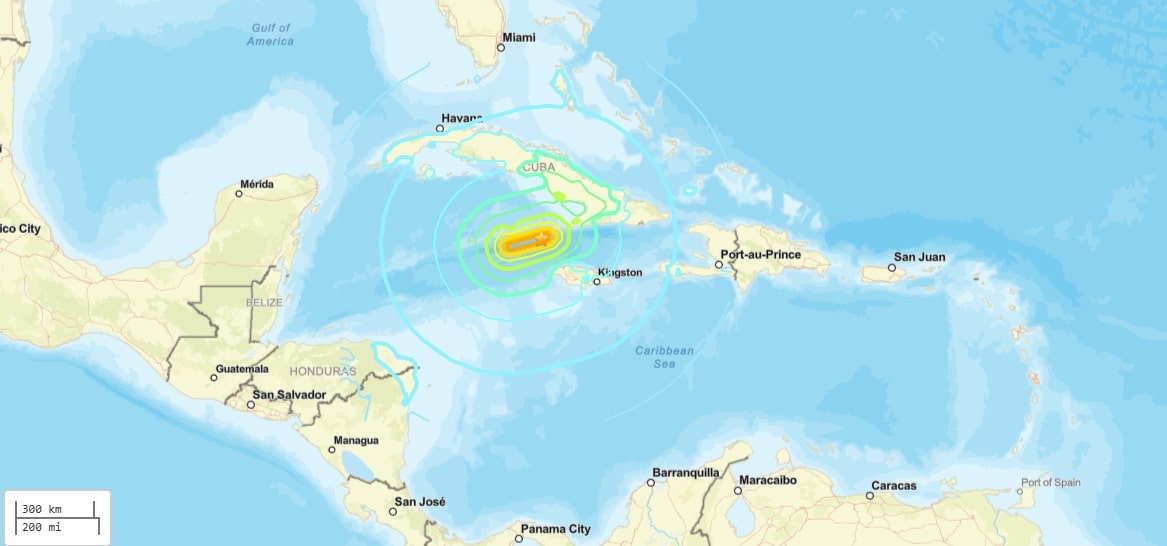
Jamaica sits near a major fault line. While large earthquakes are rare, tremors do occur. Most buildings are not built to high seismic standards.
If you feel shaking:
- Drop, cover, and hold on
- Stay indoors until it stops
- Avoid elevators or standing near glass
Tsunamis are extremely rare but possible following a major quake. Coastal areas have evacuation signs posted. Follow local guidance immediately.
Flooding and Landslides
Flash floods and landslides are common in hilly or rural areas during heavy rains. Roads may wash out, especially in the Blue Mountains or Cockpit Country.
Avoid hiking, river tours, or long drives in stormy weather. Always ask guides about trail conditions and forecast updates.
Practical Advice for a Safer Trip
You do not need to be paranoid to enjoy Jamaica-but you do need to stay aware. Small habits make a big difference. Locals call it “traveling with sense.” That mindset helps visitors avoid trouble, enjoy more, and leave with better stories.
Daily Habits That Keep You Safe
- Avoid walking alone at night, even in tourist areas
- Leave expensive jewelry and flashy items at home
- Use hotel safes for passports, cash, and electronics
- Ask locals or hotel staff before exploring new areas
- Keep your phone charged and accessible at all times
- Stay hydrated, especially in hotter parishes
Transportation Tips
- Use only licensed taxis (red license plates starting with “PP”)
- Arrange rides through your hotel or use a known app like Uber (in cities)
- Never get into an unmarked car, no matter what the driver claims
- Don’t rent scooters or motorbikes unless you’re experienced
- Avoid driving long distances after dark
Safety at Beaches, Bars, and Resorts
- Watch your drinks-never leave them unattended
- Be cautious with strangers who act too friendly too fast
- Respect hotel security rules; they are there for a reason
- Swim in lifeguarded zones only and watch out for strong currents
Final Packing Checklist
| Item | Why It Matters |
|---|---|
| Passport photocopies | Helpful if your documents are lost or stolen |
| Travel insurance policy | For health, cancellation, and emergencies |
| Flashlight / power bank | Power cuts happen in rural areas |
| Insect repellent | Essential in warm, humid parishes |
| Credit card & backup cash | Many small vendors are cash-only |
Frequently Asked Questions About Safety in Jamaica
What do I do if my passport or wallet is stolen in Jamaica?
Report it to the nearest police station and ask for a written report. Then contact your embassy to arrange emergency documents.
Are scams a common problem for tourists?
Yes, especially with taxis, currency exchanges, and pushy vendors. Always agree on prices in advance and avoid offers that seem too eager.
Is it safe for LGBTQ+ travelers to visit Jamaica in 2025?
Same-sex activity is still criminalized, and public affection may attract unwanted attention. Stick to large resorts, keep a low profile in public, and avoid dating apps or nightlife outside tourist areas.
Can I use a drone in Jamaica?
Only with permission from the Jamaica Civil Aviation Authority. Unauthorized use may lead to confiscation and fines.
Should I worry about street dogs or stray animals?
Yes, especially in rural areas. Avoid contact, as they may carry diseases like rabies.
Is it safe to hike in Jamaica’s mountains or forests?
Yes, with a licensed guide. Trails can be remote, and cell service is spotty-never go alone.
Are beaches patrolled or lifeguarded?
Some major ones are, but many are not. Swim where others are present and avoid rough water or isolated spots.
How reliable is Wi-Fi and mobile service?
Good in cities and resorts, weak in rural areas. Buy a local SIM card if you plan to explore off-grid.
Do I need to tip in Jamaica?
Yes, tipping is expected at hotels, restaurants, and for drivers. Ten to fifteen percent is standard.
The Bottom Line
Jamaica gives travelers rich scenery, deep culture, and powerful music. It also presents real risks that require attention and steady judgment. Safety depends on choices made before and during the trip.
Stay in secure areas. Listen to local advice. Use trusted transportation. Bring awareness to every part of the journey. With care and preparation, visitors can enjoy Jamaica fully and return home with strong memories, not regrets.
Read Next – Is it Safe to Travel to Dominican Republic

